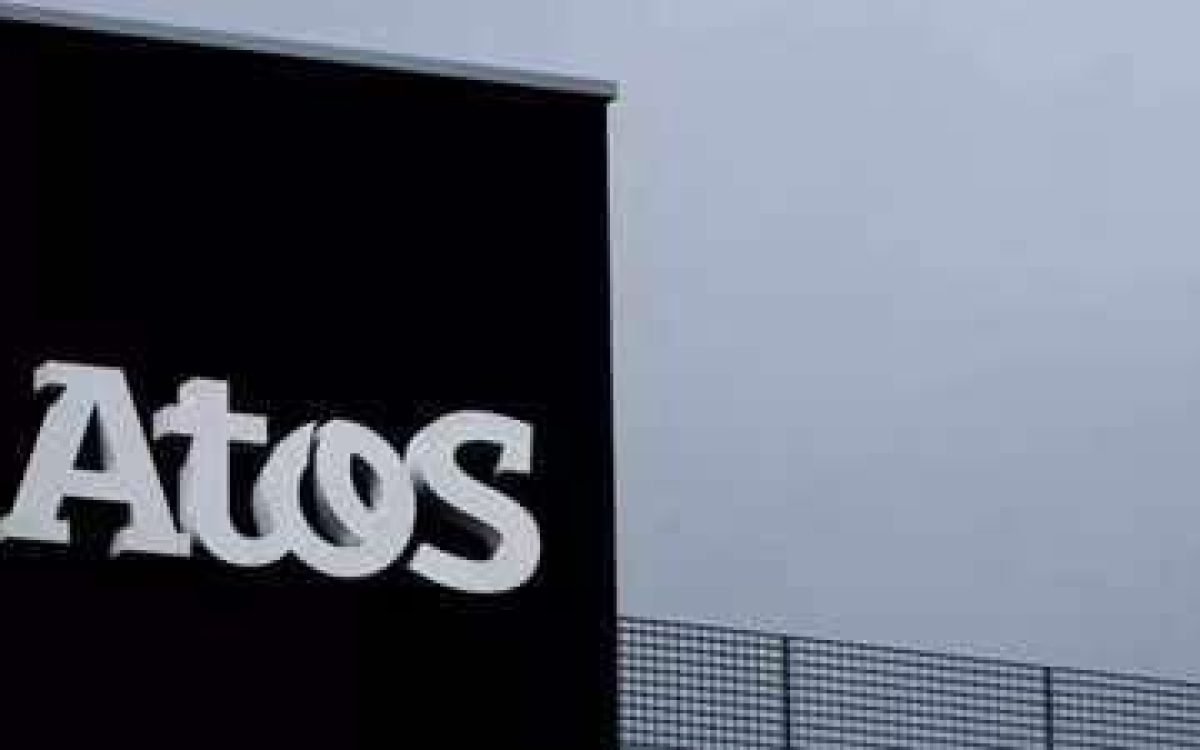Atos: A Giant’s Fall from Grace – What Led to Its Downfall
Once a shining star in the French business world, Atos finds itself at a critical juncture today, facing plummeting share prices, mounting debt, and the looming specter of a potential break-up. Let’s delve into the factors that have contributed to the downfall of this once-prominent company, which was once a key supplier to the French nuclear industry and the Olympic Games.
Founded in 1997 through the merger of several IT providers, Atos has undergone significant transformations over the years. It made strategic acquisitions, including Siemens IT Solution and Services in 2011, French supercomputing leader Bull in 2014, Xerox ITO for $1 billion the same year, and the US player Syntel in 2018 for $3.4 billion. These moves propelled Atos’ market capitalization and led to its inclusion in France’s blue-chip CAC 40 index in 2017. By 2022, the company boasted revenue of $12.1 billion and a global workforce of 105,000 employees.
However, a series of missteps and challenges have plagued Atos in recent years, contributing to its downfall:
- Failed Acquisition of DXC Technology Co.: In a bid to expand its market presence, Atos attempted to acquire US competitor DXC Technology Co. for $10 billion. However, the deal fell through, resulting in wasted resources and a blow to investor confidence.
- Accounting Errors: In 2021, Atos suffered a loss of over €1 billion in market value after disclosing accounting errors at two of its US entities. This revelation further shook investor trust and raised concerns about the company’s financial oversight.
- Leadership Changes: Over the past two and a half years, Atos has witnessed five different chief executive officers, signaling instability at the top. These frequent leadership changes have exacerbated investor uncertainty and eroded confidence in the company’s direction.
- Slow Adaptation to Cloud Computing: Atos struggled to adapt its core business to the shift towards cloud computing, lagging behind competitors like Amazon and Microsoft. This failure to innovate led to declining profits, a shrinking market value, and a significant debt burden of €2.4 billion.
In conclusion, Atos’ downfall can be attributed to a combination of strategic missteps, financial challenges, and a failure to adapt to evolving market trends. As the company navigates this turbulent period, it faces the daunting task of regaining investor trust, restructuring its operations, and charting a new path forward in an increasingly competitive landscape.









